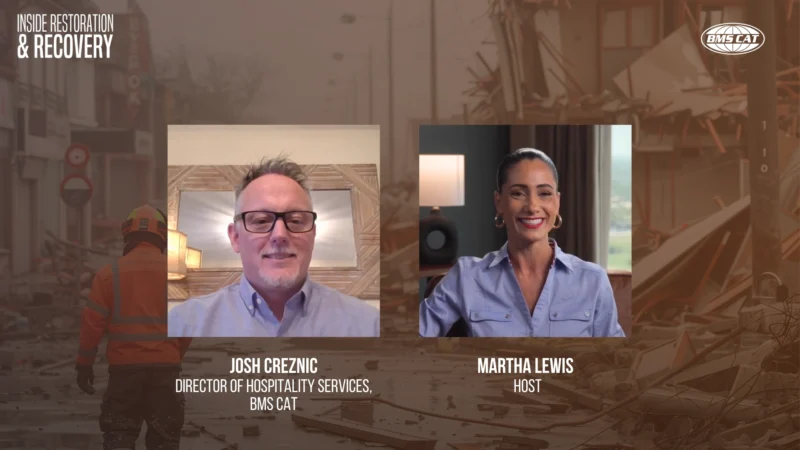What a Natural Disaster Does to Hospitality
As the brunt of Hurricane Florence begins to fade, the effects of this “once-in-a-lifetime storm” are still being felt throughout the Carolinas. In the communities they serve, restaurants hold a unique position during natural disasters like Florence. Often, they are among the last businesses to shut down before the storm hits. When the rain lessens, they are prepared to be among the first to reopen. With food tight and tensions high, restaurants and their parent companies recognize the value of a hot meal in the aftermath of a storm. So far, the situation on the East Coast is no exception.
Governor-ordered states of emergencies last week sent the region’s shipping and handling system into overdrive. Hours were waived and millions of donated meals found their way to grocery stores and restaurants, which acted as on-site distribution for communities.[1] Some larger companies are noting the long-term value of being flexible with special memberships and deals. Though serving food for free may add slightly to the storm’s price tag, lifelong brand relationships can be formed in an emergency.[2]
This week, the focus is on assessing damage and determining steps towards meeting FDA sanitation requirements for food storage, employees, and potential pest issues.[3] Compared to last year’s Hurricane Harvey, Florence will cause far less damage. Some Houston restaurants took more than 5 months to reopen, while numerous others never did so at all.
When the flooding clears, wind damage is likely to be the main issue for Florence victims. Though there is no telling an exact schedule for opening, by the end of the month restaurants in these communities should be back up to speed with ease. In the meantime, they may bend the rules some to help flooded neighborhoods enjoy a simple luxury: a hot meal.[4]
In preparation for the storm, chain restaurants prove to be an extraordinary bellwether for predicting the danger level of storms. Waffle House, famed for its 24/7 365 hours, has its own “Waffle Index” at FEMA’s monitoring centers.[5] If Waffle House closes, that’s a sign the storm is serious. With the storm clearing, citizens in affected communities are finding many of their favorite eateries never closed at all. Those that did close are working hard to get their doors open because, as one analyst noted last week, casual and local restaurants stand to lose far more than many chain restaurants.[6]
[1] https://www.cspdailynews.com/fuels-news-prices-analysis/missing/articles/east-coast-fuel-retailers-prep-hurricane-florence
[2] https://www.winsightgrocerybusiness.com/operations/grocery-retailers-mobilize-hurricane-florence
[3] https://www.fda.gov/food/recallsoutbreaksemergencies/emergencies/ucm112713.htm
[4] https://www.npr.org/2018/09/15/648318792/in-hurricane-florence-aftermath-the-luxury-of-a-hot-meal
[5] https://www.businessinsider.com/waffle-house-index-hurricane-severity-2018-9
[6] https://www.barrons.com/articles/what-hurricane-florence-could-do-to-restaurants-and-retailers-1536762954








